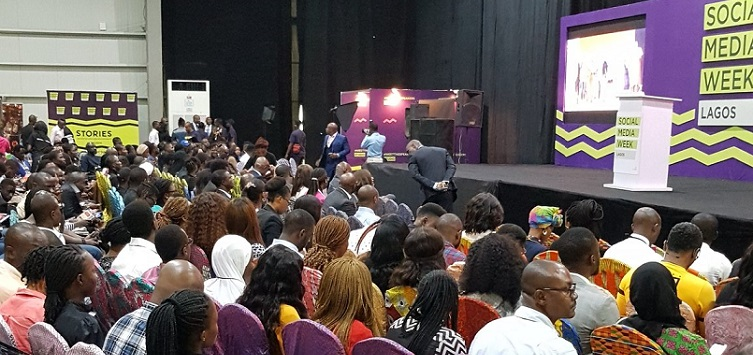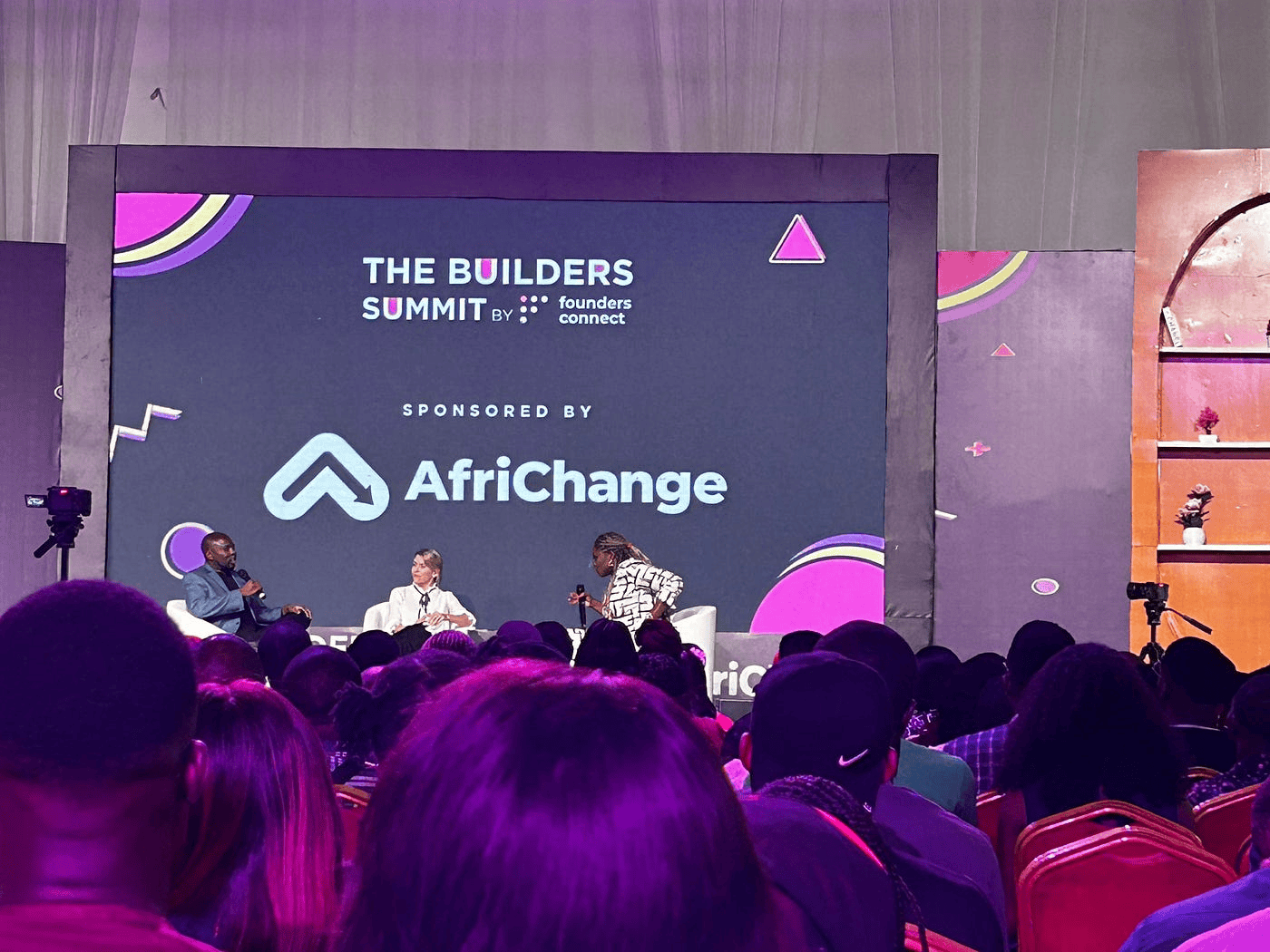How to Plan a Conference Successfully: A Step-by-Step Guide
Planning a successful event like a conference can be an exciting yet challenging endeavor, especially if you’re doing it for the first time.
A great conference isn’t just about having an audience in seats—it’s about creating an engaging and valuable experience that leaves attendees feeling inspired, connected, and eager for more.
To pull off a successful conference, you need to understand what makes a conference excellent: delivering on your goals, keeping your audience engaged, and ensuring everything runs smoothly from start to finish.
Whether you're organizing a small industry meetup or a large international event, success lies in thorough planning. This guide is packed with practical steps to help you plan a successful conference. Ready to dive in? Let’s go!

1. Define Your Conference
Start by clarifying the primary aim of the conference. Are you looking to educate participants, foster networking, showcase industry advancements, or support a cause? A well-defined purpose helps set the tone and direction for your conference.
Next, identify your target audience. Determine their professional background, interests, and needs to ensure the conference addresses relevant topics and appeals to their expectations.
Also consider the format and structure of the conference. Will your conference be an in-person, virtual, or a hybrid event? Each format has its own set of requirements and challenges, so choose the one that best fits your objectives and audience preferences.
As a reference, the She Can Conference, a transformative event aimed at empowering women from diverse backgrounds. For this year's conference, their core objective was to empower and inspire women to expand their horizons.
This clear goal shaped every aspect of the event, including selecting the speakers for the conference. Each speaker was chosen for their ability to contribute meaningfully to this mission, ensuring that their insights and expertise aligned with the conference’s aim to inspire women.

2. Assemble a Planning Team
Planning is easier with a team that’s ready to combine their diverse skills for the success of your conference. Your team might include an event coordinator who oversees the entire process, a marketing lead that handles PR, a logistics manager that coordinates venue arrangements, and a sponsorship coordinator that secures partnerships. Your team could also include a planning committee, similar to what NGOs like WIMBIZ use for their conferences.
For example, if you’re planning a hybrid conference, you might need an IT manager who can ensure all digital needs are met, from robust Wi-Fi to live-streaming capabilities. Once you’ve put the team together, clearly define the roles and practice open communication within your team to ensure the smooth execution of your event plans.

3. Design a User-friendly Registration Process
This is beyond being tech focused; you want attendees to sign up quickly and easily.
Choose a platform that integrates seamlessly with your website and offers features such as automated confirmations, reminder emails, and attendee tracking.
For paid conferences, you can provide various payment options like credit cards, PayPal, and bank transfers. Consider offering early bird discounts or group rates to encourage prompt registration for your conference.
Additionally, accommodate walk-in registrations and check-ins to ensure a smooth experience for all attendees from the start.
Make sure registration name tags are well-designed and clearly written to prevent any confusion during the event. Have enough staff at the registration booths to ensure a fast and efficient check-in process.

4. Create a Project and Program Plan
This is the most important part of the planning process because a project plan outlines the overall strategy and logistics of organizing the conference. It includes timelines, budgets, task assignments, and risk management to ensure that all aspects of the event are coordinated effectively and that nothing is overlooked.
While a program plan focuses on the content and flow of the event itself. It includes the schedule of sessions, speaker line-up, topics to be covered, and any activities or breaks. This plan ensures that the conference delivers value to attendees and meets its objectives.
Let's say you’re organizing a tech conference themed around artificial intelligence (AI) and focused on educating professionals about the latest advancements in AI; your project plan could be like this:
Timeline for Conference Planning Checklist
- 6 Months Before: Secure venue and date, establish a budget, and begin outreach to potential sponsors.
- 4 Months Before: Finalize the list of speakers, begin marketing campaigns, and launch the conference website with registration details.
- 2 Months Before: Confirm all vendors (catering, AV equipment), finalize the conference agenda, and send out reminders to registered attendees.
- 1 Week Before: Conduct final checks with the venue, ensure all materials (badges, programs) are printed, and hold a team briefing.
- Event Coordinator: Oversees all aspects of the event and ensures the timeline is followed.
- Marketing Lead: Handles promotion, social media campaigns, and communication with potential attendees.
- Logistics Manager: Manages venue setup, coordinates with vendors, and ensures all equipment is in place.
- Sponsorship Coordinator: Secures sponsors and manages their involvement in the event.
Day of Event: Oversee setup, manage attendee check-in, and troubleshoot any issues that arise.
Task Assignments for Conference:
- Risk Management:
- Potential Risk: A keynote speaker cancels last minute.
- Mitigation Plan: Have backup speakers on standby or prepare a contingency plan, such as a panel discussion.
While your program plan could be like this:
Sample of Conference Agenda or Event Flow:
- 9:00 AM – 10:00 AM: Registration and Networking Breakfast.
- 10:00 AM – 10:15 AM: Opening Remarks by the Conference Organizer.
- 10:15 AM – 11:00 AM: Keynote Address: "The Future of AI in Healthcare."
- 11:00 AM – 12:00 PM: Panel Discussion: "Ethics in AI Development."
- 12:00 PM – 1:00 PM: Lunch Break and Networking.
- 1:00 PM – 2:00 PM: Breakout Sessions:
- Track 1: "AI in Finance."
- Track 2: "AI and Cybersecurity."
- 2:15 PM – 3:15 PM: Workshop: "Building Your First AI Model."
- 3:30 PM – 4:30 PM: Fireside Chat with Industry Leaders: "AI Startups and Innovation."
- 4:30 PM – 5:00 PM: Closing Remarks and Future Outlook.
Together, these plans provide a comprehensive framework for planning and executing a successful conference.

5. Set a Budget
With your project plan in place, create a budget plan. Start by listing all the items and services you'll need for the conference, such as venue rental, catering, marketing, speaker fees, audiovisual equipment, printed materials, and any additional expenses.
Once you have a complete list, contact the relevant vendors to obtain cost estimates for each item or service. If your organization has a predefined budget for the conference, use it as a reference to allocate appropriate funds to each item on your list.
Negotiate with vendors to secure the best possible prices and remember to include a contingency fund in your budget to cover any unexpected costs.

6. Choose the Right Venue
Assess the capacity of the venue and its layout to ensure it can comfortably accommodate your expected number of guests. The space should also support the seating arrangements, exhibit areas, and breakout rooms. Consider how the layout will facilitate interactions and the overall flow of the event.
Check if the venue offers on-site technical support to address any issues that may arise during the event. Ensure that the venue’s facilities align with your specific needs.
The venue’s cost is another key factor. Assess the rental fee and any additional charges for services like setup, cleaning, or overtime. Make sure the cost fits within your budget and provides good value for the features and services included. Don’t hesitate to negotiate terms to get the best deal.
Consider the atmosphere and ambiance of the venue, as it should match the tone and theme of your event. Whether you need a formal setting for a corporate conference or a relaxed space for a social gathering, choose a venue that enhances the desired experience for your attendees.
Lastly, check the venue’s availability for your preferred dates and confirm that it can accommodate your event schedule. Booking the venue as early as possible helps secure your desired date and avoid last-minute issues. Research the venue’s reputation and read reviews from previous clients to ensure it has a strong track record of delivering successful events.

7. Create a Relatable Theme
What are the interests, values, and needs of your target attendees? Knowing this will help you craft a theme that speaks directly to them, making the event more engaging and relevant.
Begin from the purpose of the event, which you already have defined from the beginning and brainstorm ideas with your team.
The theme should be reflected in all aspects of the event, from the branding and promotional materials to the venue decoration and session content. Choose a visual style and color scheme that complements the theme and creates a cohesive look throughout the event. This visual consistency helps reinforce the theme and makes the event more memorable.

8. Secure Sponsors and Exhibitors
Sponsors and exhibitors can help offset costs and add value to your conference. To attract the right sponsors and exhibitors, begin by identifying potential partners whose brands and values align with the goals of your event. Consider companies and organizations that would benefit from exposure to your audience and whose products or services complement your event’s theme.
Next off, create a compelling sponsorship and exhibitor package that outlines the benefits of partnering with your event. This package should detail the various sponsorship levels and opportunities available, such as branded booths, speaking opportunities, or exclusive networking events. Highlight the unique advantages of each package, such as visibility to a targeted audience, promotional opportunities before and during the event, and access to key decision-makers.
Tailor your pitch to each potential sponsor or exhibitor, emphasizing how their involvement will help achieve their marketing and business goals. Provide examples of past successful partnerships and the positive outcomes they generated.
Negotiation is a crucial step in securing sponsors and exhibitors. Be prepared to discuss terms and make adjustments to the sponsorship packages based on the needs and preferences of your partners. Be quite flexible and willing to accommodate specific requests.
Once sponsors and exhibitors are secured, maintain open an communication to ensure their needs are met leading up to the event. Provide them with regular updates, such as logistics details, marketing timelines, and any changes to the event schedule.

9. Do a Recce and Floor Plan
Visit the venue in person to assess its layout and features. Take note of the venue’s accessibility, overall space, and any potential challenges that could impact your event.
As you tour the venue, consider how the space will be used for various aspects of your event. Visualize the arrangement of key areas such as registration desks, seating, stages, exhibition spaces, and catering areas. This will help you determine the best configuration to facilitate attendee flow and ensure that each area is functional and well organized.
Once you have a clear understanding of the venue’s layout, create a detailed floor plan that outlines the placement of all event elements. This plan should include the locations of seating arrangements, stages, booths, and any other essential components. Make sure to account for factors like emergency exits, accessibility routes, and space for movement to ensure a safe and comfortable environment for attendees.
Consult with the venue’s staff during this process to understand any restrictions or requirements they may have. They can provide valuable insights into the venue’s infrastructure and any logistical considerations that might affect your floor plan.
After finalizing the floor plan, review it with your team and any relevant stakeholders to gather feedback and make necessary adjustments. This collaborative review helps ensure that the plan meets your event's needs and accommodates any special requests or requirements.

10. Create a Communications Plan
The hype and buzz about an event is what gives it that value and creates anticipation. Create a communication plan that covers all stages: before, during, and after the event and infuse stories that align with your conference theme and resonate with your audience in all your communications.
Before the conference, utilize various channels such as email blasts, social media campaigns, press conferences, and pre-event press releases to local and industry media. Depending on your budget, you might also consider banner ads, outreach efforts, bus advertisements, and influencer partnerships.
During the event, share engaging content and updates, and encourage attendees to post their experiences and tag your event. To avoid the pain of not having enough visuals to tell your story, ensure you brief your photographer and videographer on the kind of story you want to tell and the shots they should look out for during your event. Capture and share memorable moments to keep the energy high and the theme prominent.
After the conference, continue to engage your audience by posting throwbacks and picture and video highlights. This helps maintain excitement and builds anticipation for future events.
To keep everything on track, create a content calendar that schedules your communications and includes key messages to ensure consistency across all channels.

11. Be Risk-Averse
Being risk-averse in conference planning means proactively identifying potential risks and implementing strategies to mitigate them. This would help you ensure that the conference runs smoothly without hiccups.
Start by conducting a thorough risk assessment early in the planning process. Ask yourself what could go wrong and outline how you want to mitigate them.
Another thing you can do is to ensure all presentations are prepared well before the conference day. Gather the speakers' slides and conduct a test run with the equipment, including the LCD screens, to confirm that everything functions smoothly. Doing this before the conference begins will help avoid any technical issues and ensure a seamless experience for both speakers and attendees.
Conclusion
There you have it! Your conference is about to become a splendid experience for your organization and guests. Follow these steps to navigate the complexities of planning a conference and deliver an event that meets your objectives, delights your attendees, and strengthens your brand’s reputation in the industry.
Remember, a successful conference hinges on a combination of strategic foresight, meticulous attention to detail, and a dedication to delivering a meaningful experience for all involved.
Best of luck!




